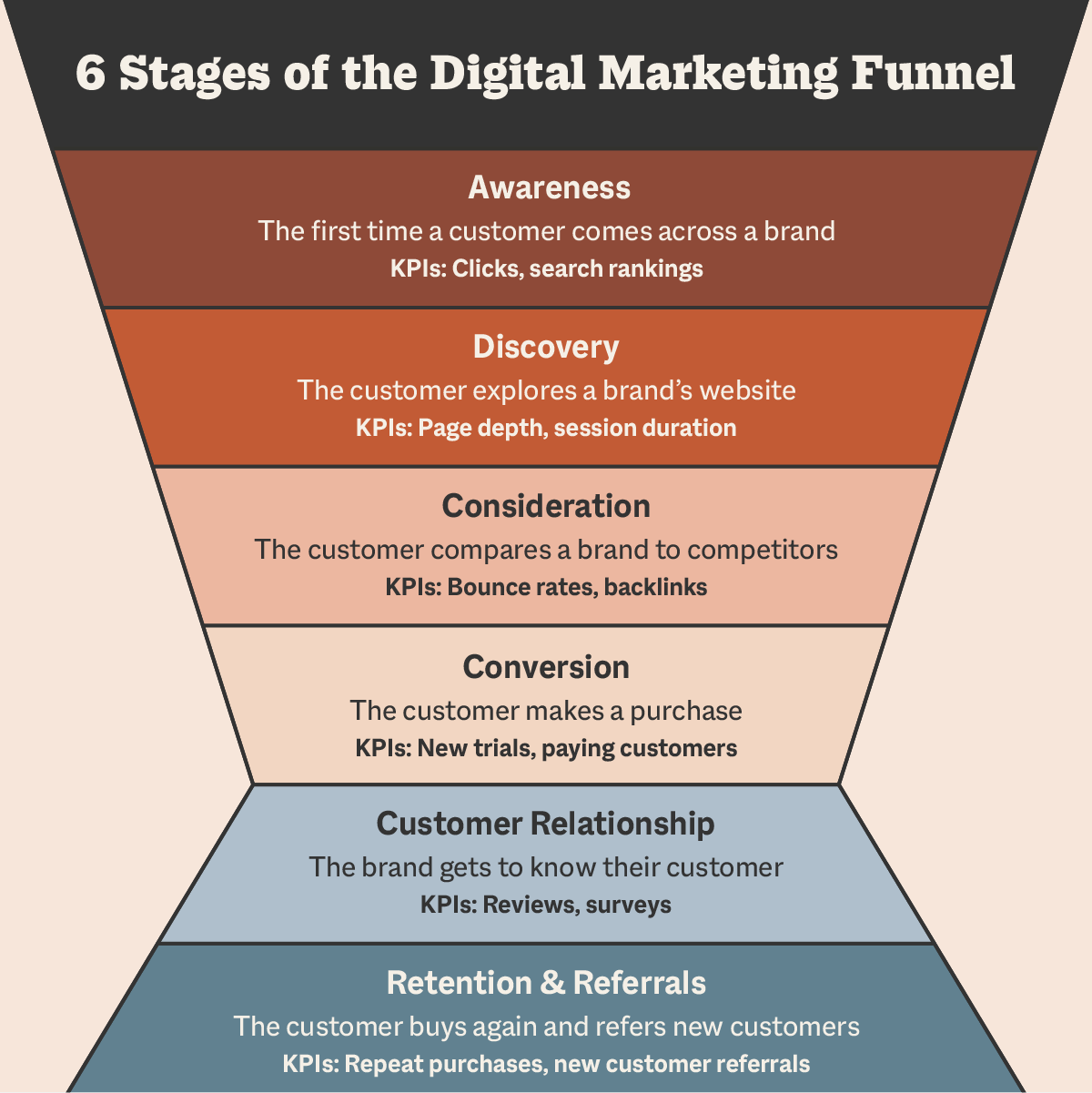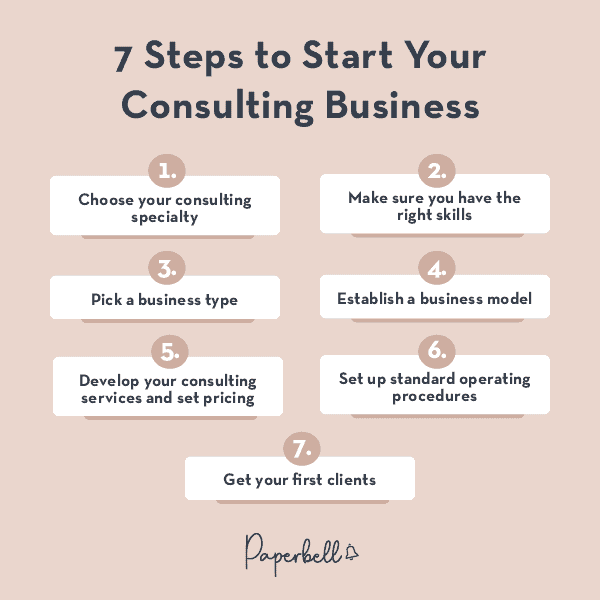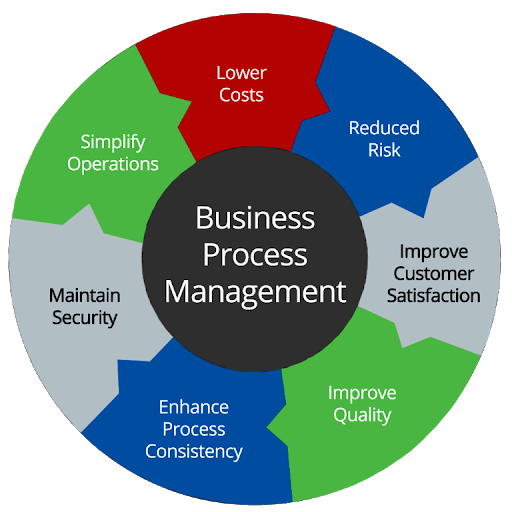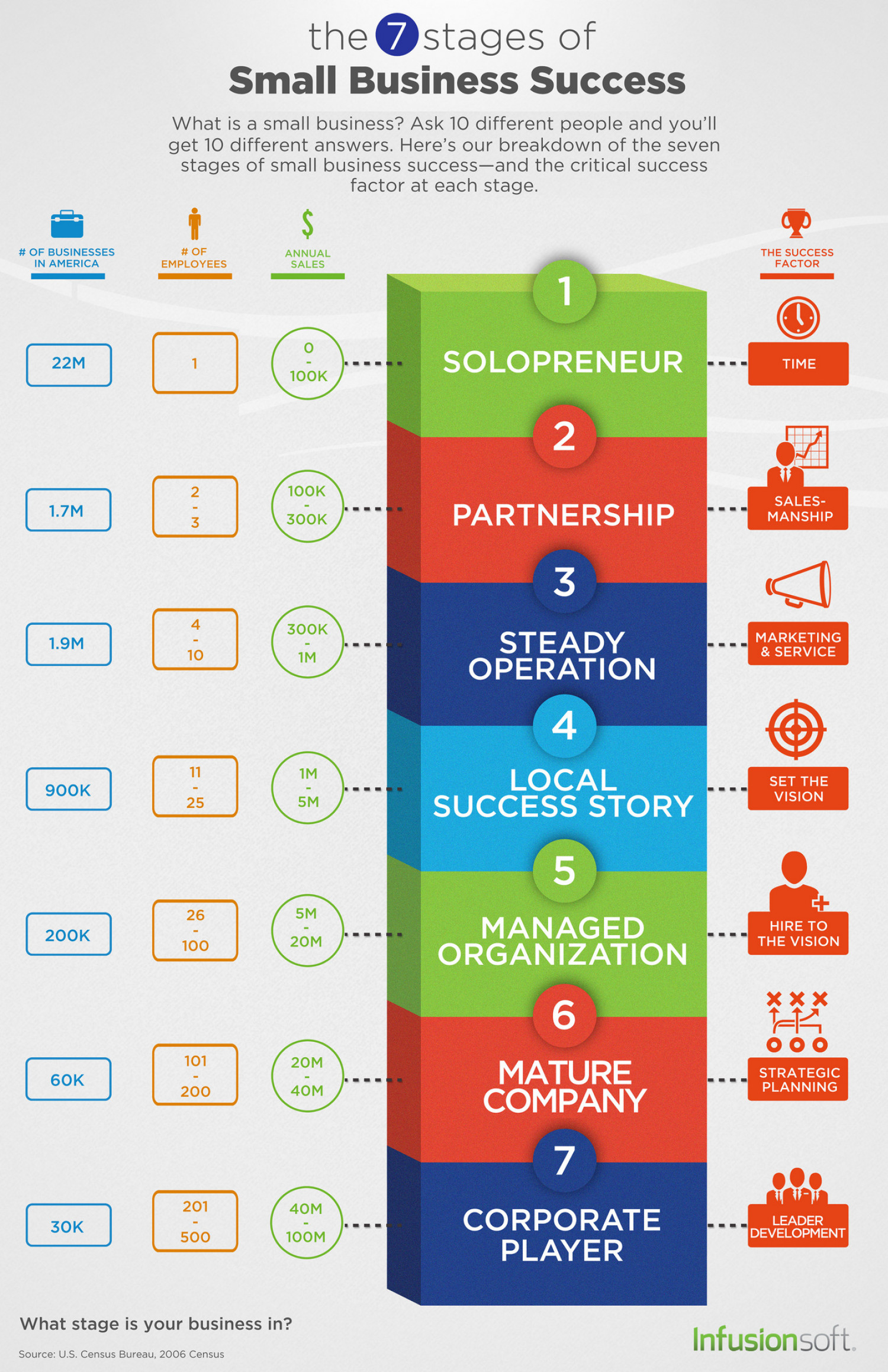In today’s digital age, e-commerce has become the driving force behind successful businesses. With the global pandemic accelerating the shift towards online shopping, it is now more important than ever for business owners to understand the key strategies to succeed in the e-commerce space. In this blog post, we will explore the essential strategies that can help your e-commerce business thrive and generate long-term success.
Keyword Research: The foundation of your e-commerce SEO strategy lies in thorough keyword research. Identify relevant keywords with high search volume and low competition using tools like Google Keyword Planner, SEMrush, or Ahrefs. Incorporate these keywords naturally throughout your website, including in product descriptions, meta tags, URLs, and headings to improve your search engine rankings.
Optimize Website Performance: A slow-loading website can turn away potential customers. Optimize your website’s speed by compressing images, using caching plugins, and choosing a reliable hosting provider. Ensure your website is mobile-friendly, as an increasing number of people use mobile devices for online shopping. A responsive design will enhance the overall user experience and improve your SEO rankings.
Compelling Product Descriptions: The way you present your products can significantly impact sales. Craft unique and engaging product descriptions that highlight the benefits and features of each item. Use persuasive language, incorporate relevant keywords, and address the pain points your target audience may have. By providing valuable information, you not only improve your SEO but also increase the likelihood of conversions.
User-Generated Content: Leverage the power of user-generated content (UGC) to gain social proof and enhance your online visibility. Encourage customers to leave reviews or share their experiences with your products. Testimonials, ratings, and reviews contribute to SEO by increasing your website’s credibility and improving search engine rankings. Implement social sharing buttons to make it easy for customers to share their experiences on popular social media platforms.
Streamline Checkout Process: Make the checkout process simple and user-friendly to reduce cart abandonment rates. Implement a one-page checkout system, offer multiple payment options, and ensure that the checkout page is secure. Remove any unnecessary fields and provide clear instructions throughout the process. A seamless checkout experience will improve customer satisfaction and increase the likelihood of repeat purchases.
Invest in Content Marketing: Content marketing plays a crucial role in establishing your e-commerce brand as an authoritative source in your niche. Create high-quality, informative, and engaging content such as blog posts, videos, and infographics that align with your target audience’s interests. Incorporate relevant keywords into your content and promote it through various channels, including social media and email marketing. Valuable content drives organic traffic to your website, improves SEO rankings, and builds trust with your audience.
Social Media Engagement: Establish a strong presence on social media platforms to connect with your audience and drive traffic to your e-commerce store. Engage with your followers, respond to comments, and address any concerns promptly. Use social media platforms like Facebook, Instagram, and Pinterest to showcase your products, run targeted ads, and build a community around your brand. Social media presence enhances brand visibility, generates website traffic, and ultimately leads to increased sales.
Continuous Analytics and Optimization: Regularly analyze your website’s performance, track key metrics such as traffic, bounce rate, and conversion rate using tools like Google Analytics. Identify areas for improvement and optimize your website accordingly. A data-driven approach will help you make informed decisions and ensure the long-term success of your e-commerce business.
In conclusion, succeeding in e-commerce requires a comprehensive approach that integrates SEO strategies, user experience optimization, engaging content, and social media engagement. By implementing these key strategies and staying up to date with industry trends, you can position your e-commerce business for long-term success in the competitive digital landscape.











